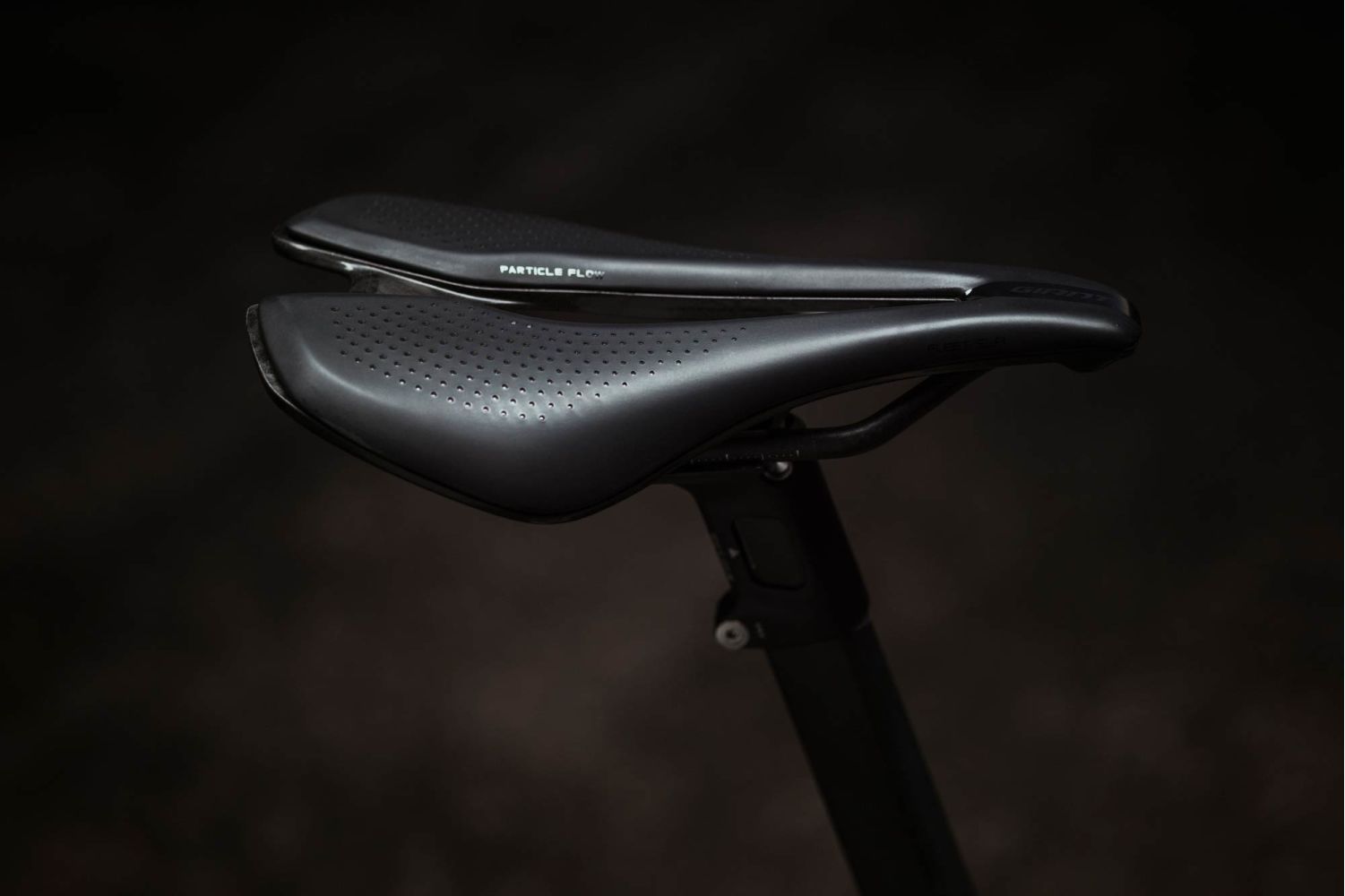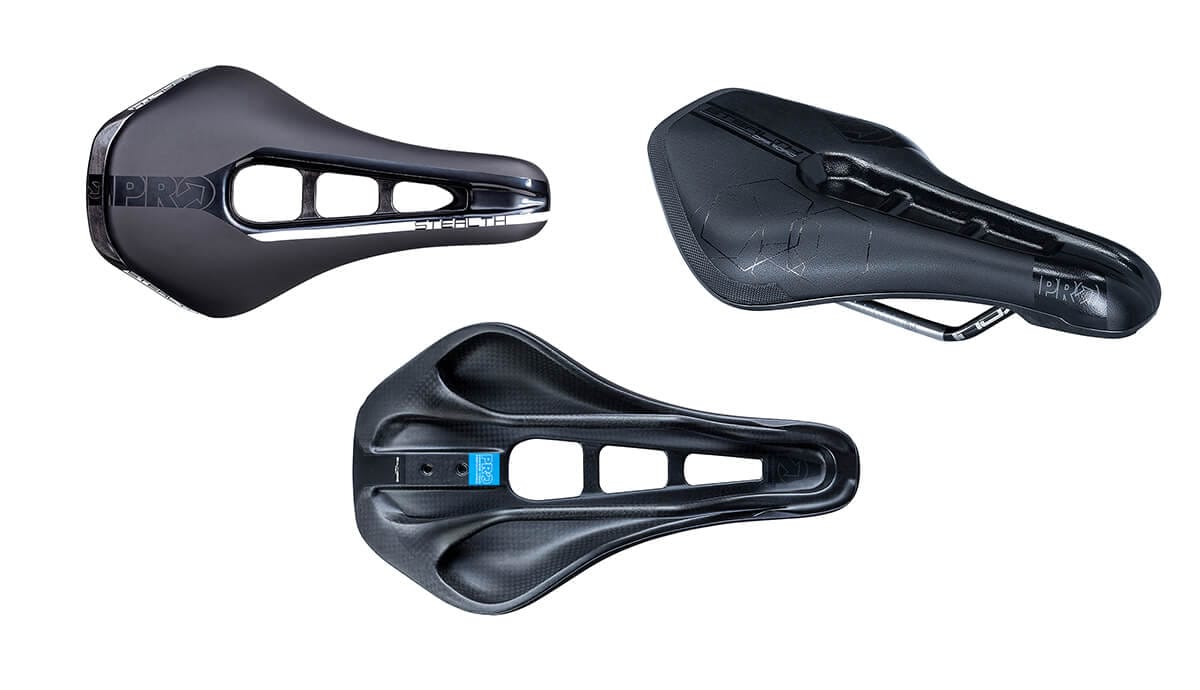Three factors you should consider when shopping for a new saddle
The perfect saddle is different for every cyclist
 Photo by:
Cameron Baird
Photo by:
Cameron Baird
Anyone who has ridden a bike for an extended period of time knows the importance of a comfortable saddle. According to Brian Menezes, bike fit expert at Toronto’s Blacksmith Cycle, saddles are one of the most common sources of discomfort for cyclists (they can be a literal pain in the butt). “Saddles are a critical part of the fitting,” he says. “Nine times out of 10 when I change a saddle it totally changes the fit.”
The wrong saddle can cause saddle sores, soft tissue pain, poor posture, lower back discomfort and more bike fit-related issues. The fix isn’t always straightforward—the perfect saddle will be different for everyone. A proper fit will depend on your body geometry, flexibility and the type of riding you’ll be doing.
When you’re shopping for a saddle Menezes recommends looking for a shop that, at minimum, has a sit bone measuring device. “There’s a lot involved in choosing a saddle,” he says. “Ideally they will ask what kind of riding you do, what your flexibility is like and if you’ve had soft tissue issues or saddle sores.”
If you’ve had a bike fit, he highly recommends having a shop install the saddle. “The different stack heights of saddles can seriously mess with your fitting,” says Menezes.
If your current on-bike sitting situation isn’t working, there are a few factor you can look into to narrow down the type of saddle that might be better suited for you.
Sit bone width
“The big measurement for saddles is sit bone width,” says Menezes. “Some people assume saddle sizes have to do with weight, but it’s more to do with the pelvic bones, specifically the ischial tuberosities.”
The width of your sit bones (ischial tuberosities) is only part of the saddle selection story, but it will be a factor in where you most comfortably position yourself on the saddle and how wide your saddle needs to be.
It’s best to have a shop measure the width of your sit bones, but you can get a general idea of whether you’re looking for a wider or narrower saddle at home. Take a piece of corrugated cardboard, place it on a chair and sit on it, bending slightly forward, for a few seconds. There should be two indentations left in the cardboard—draw a circle around each indentation, find the centre of both circles and measure the distance between each centre.
Each brand has a different system for saddle width, which often require you to add a specified number of millimetres to your sit bone width, but armed with this information you’ll be able to get a better idea of what kind of saddle is adequate for your derriere.
Flat or curved
Flexibility is a factor in deciding whether you’ll go for a flatter or more curved saddle shape. Menezes recommends standing up straight beside a mirror, putting your thumbs on the front your hips and bending forwards as if you were on a bike. If your back is more curved, you might want to look into a more curved saddle, as this will help you get into a more aggressive position on the bike. If you plan on staying more upright on your rides, fidget around on the saddle quite a bit or if you can keep a flat back when bent over, a flatter saddle will likely work for you.
Pelvic tilt
“Pelvic tilt is also a factor in how your back interacts with you pelvic bones,” says Menezes. Natural pelvic tilt will vary from person to person, but the positioning on the bike (aggressive versus more upright) is also a factor in how far forward your pelvis will be as you ride.
The currently popular snub-nosed-style saddle is designed for those with a more forward pelvic tilt—it decreases the pressure on soft tissue that would otherwise be caused by a longer-nosed saddle. Many saddles, including women’s saddles, now also have a cutout to relieve soft-tissue pressure (though Specialized recently argued that the cutout causes more pressure for women).

There are a lot of factors that go into the ideal saddle—it’s one of the most important contact points on the bike and worth investing time into finding the right one. Remember, on paper a saddle might look perfect for you, but the only way to find out for sure is to take it out for a spin.

